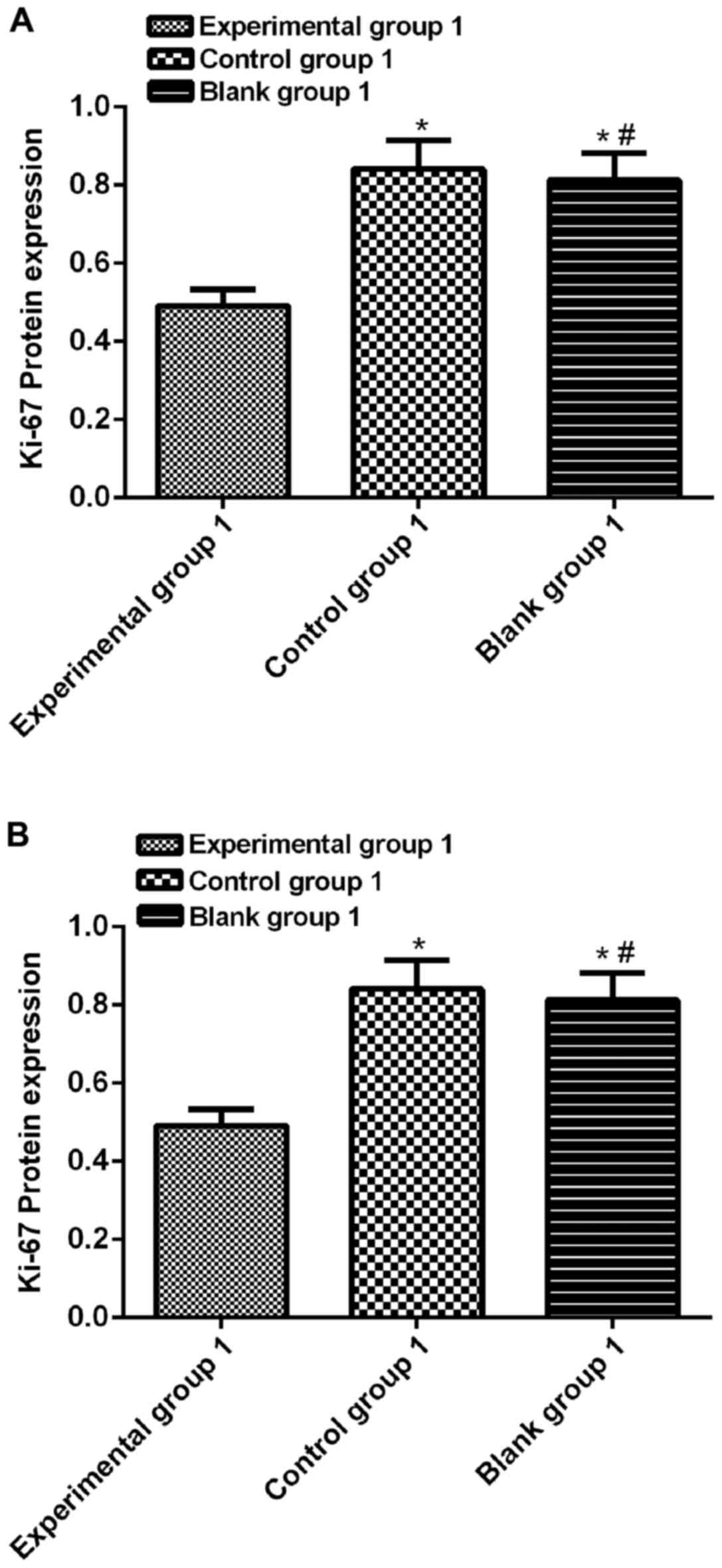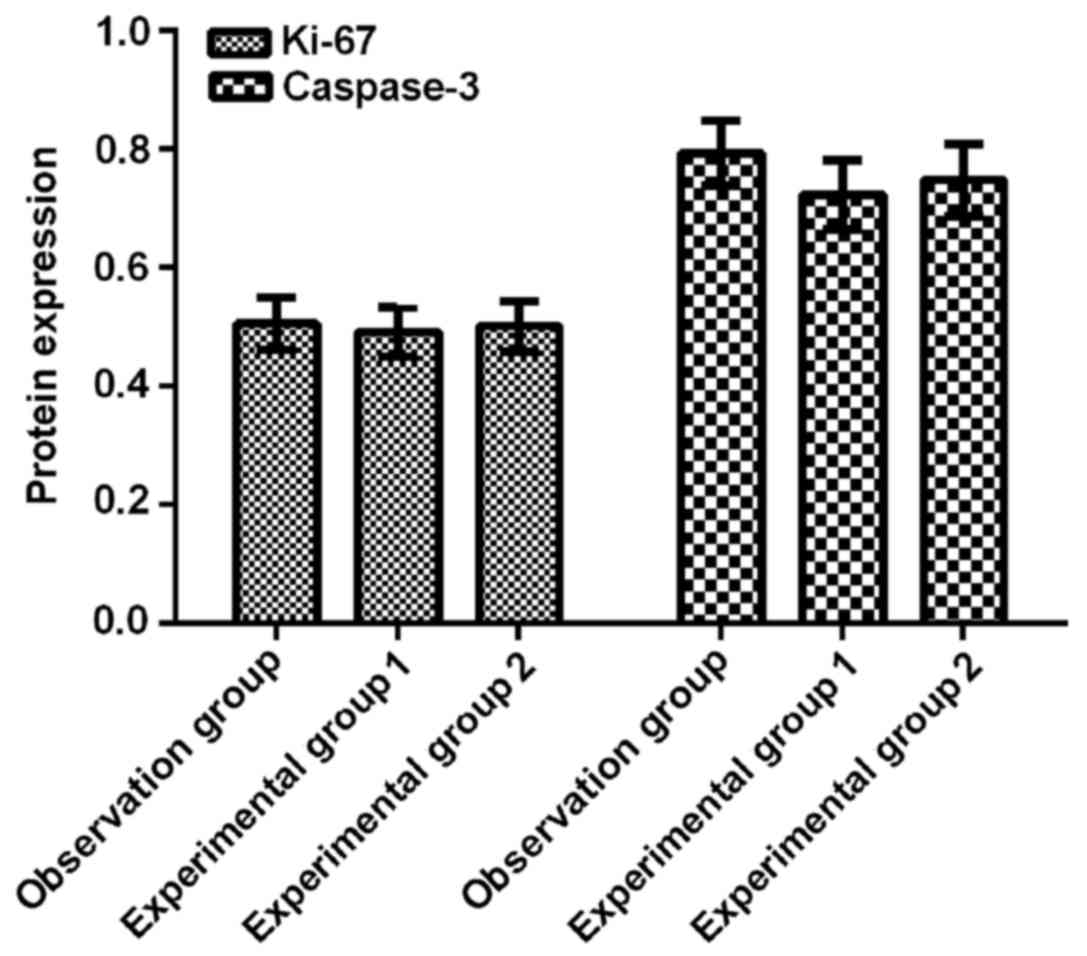|
1
|
Bean L, Sulzmaier FJ, Anderson KM,
Tancioni I, Kolev V, Plaxe SC, McHale MT, Schlaepfer DD and Pachter
J: Focal adhesion kinase (FAK) inhibition overcomes
cisplatin-resistance in epithelial ovarian cancer. Gynecol Oncol.
145:97–98. 2017. View Article : Google Scholar
|
|
2
|
Phelan CM, Kuchenbaecker KB, Tyrer JP, Kar
SP, Lawrenson K, Winham SJ, Dennis J, Pirie A, Riggan MJ, Chornokur
G, et al; AOCS study group; EMBRACE Study; GEMO Study
Collaborators; HEBON Study; KConFab Investigators; OPAL study
group, . Identification of 12 new susceptibility loci for different
histotypes of epithelial ovarian cancer. Nat Genet. 49:680–691.
2017. View
Article : Google Scholar : PubMed/NCBI
|
|
3
|
Kar SP, Adler E, Tyrer J, Hazelett D,
Anton-Culver H, Bandera EV, Beckmann MW, Berchuck A, Bogdanova N,
Brinton L, et al: Enrichment of putative PAX8 target genes at
serous epithelial ovarian cancer susceptibility loci. Br J Cancer.
116:524–535. 2017. View Article : Google Scholar : PubMed/NCBI
|
|
4
|
Yang WL, Gentry-Maharaj A, Simmons A, Ryan
A, Fourkala EO, Lu Z, Baggerly KA, Zhao Y, Lu KH, Bowtell D, et al;
AOCS Study Group, . Elevation of TP53 autoantibody before CA125 in
preclinical invasive epithelial ovarian cancer. Clin Cancer Res.
23:5912–5922. 2017. View Article : Google Scholar : PubMed/NCBI
|
|
5
|
Vitsios DM, Davis MP, van Dongen S and
Enright AJ: Large-scale analysis of microRNA expression,
epi-transcriptomic features and biogenesis. Nucleic Acids Res.
45:1079–1090. 2017. View Article : Google Scholar : PubMed/NCBI
|
|
6
|
Suzuki HI, Young RA and Sharp PA:
Super-enhancer-mediated RNA processing revealed by integrative
microRNA network analysis. Cell. 168:1000–1014.e15. 2017.
View Article : Google Scholar : PubMed/NCBI
|
|
7
|
Mazurek SR, Calway T, Harmon C, Farrell P
and Kim GH: MicroRNA-130a regulation of desmocollin 2 in a novel
model of arrhythmogenic cardiomyopathy. Microrna. 6:143–150. 2017.
View Article : Google Scholar : PubMed/NCBI
|
|
8
|
Bradshaw NJ, Ukkola-Vuoti L, Pankakoski M,
Zheutlin AB, Ortega-Alonso A, Torniainen-Holm M, Sinha V, Therman
S, Paunio T, Suvisaari J, et al: The NDE1 genomic locus can
affect treatment of psychiatric illness through gene expression
changes related to microRNA-484. Open Biol. 7:72017. View Article : Google Scholar
|
|
9
|
Zhang L, Volinia S, Bonome T, Calin GA,
Greshock J, Yang N, Liu CG, Giannakakis A, Alexiou P, Hasegawa K,
et al: Genomic and epigenetic alterations deregulate microRNA
expression in human epithelial ovarian cancer. Proc Natl Acad Sci
USA. 105:7004–7009. 2008. View Article : Google Scholar : PubMed/NCBI
|
|
10
|
Taylor DD and Gercel-Taylor C: MicroRNA
signatures of tumor-derived exosomes as diagnostic biomarkers of
ovarian cancer. Gynecol Oncol. 110:13–21. 2008. View Article : Google Scholar : PubMed/NCBI
|
|
11
|
Livak K J..Schmittgen T D.: Analysis of
relative gene expression data using real-time quantitative PCR and
the 2−ΔΔCT method. Methods. 25:402–408. 2001. View Article : Google Scholar : PubMed/NCBI
|
|
12
|
Baldwin LA, Chen Q, Tucker TC, White CG,
Ore RN and Huang B: Ovarian cancer incidence corrected for
oophorectomy. Diagnostics (Basel). 7:72017.
|
|
13
|
Darelius A, Lycke M, Kindblom JM,
Kristjansdottir B, Sundfeldt K and Strandell A: Efficacy of
salpingectomy at hysterectomy to reduce the risk of epithelial
ovarian cancer: A systematic review. BJOG. 124:880–889. 2017.
View Article : Google Scholar : PubMed/NCBI
|
|
14
|
Oronsky B, Ray CM, Spira AI, Trepel JB,
Carter CA and Cottrill HM: A brief review of the management of
platinum-resistant-platinum-refractory ovarian cancer. Med Oncol.
34:1032017. View Article : Google Scholar : PubMed/NCBI
|
|
15
|
Agarwal V, Bell GW, Nam JW and Bartel DP:
Predicting effective microRNA target sites in mammalian mRNAs.
eLife. 4:42015. View Article : Google Scholar
|
|
16
|
Lin S and Gregory RI: MicroRNA biogenesis
pathways in cancer. Nat Rev Cancer. 15:321–333. 2015. View Article : Google Scholar : PubMed/NCBI
|
|
17
|
Silber J, Hashizume R, Felix T, Hariono S,
Yu M, Berger MS, Huse JT, VandenBerg SR, James CD, Hodgson JG, et
al: Expression of miR-124 inhibits growth of medulloblastoma cells.
Neuro-oncol. 15:83–90. 2013. View Article : Google Scholar : PubMed/NCBI
|
|
18
|
Dang YW, Zeng J, He RQ, Rong MH, Luo DZ
and Chen G: Effects of miR-152 on cell growth inhibition, motility
suppression and apoptosis induction in hepatocellular carcinoma
cells. Asian Pac J Cancer Prev. 15:4969–4976. 2014. View Article : Google Scholar : PubMed/NCBI
|
|
19
|
Zhang H, Wang Q, Zhao Q and Di W: miR-124
inhibits the migration and invasion of ovarian cancer cells by
targeting SphK1. J Ovarian Res. 6:842013. View Article : Google Scholar : PubMed/NCBI
|
|
20
|
Shu J, Yuan L, Liu XM, Li SL and Zhou Q:
The expression of miR-124 in ovarian cancer tissues and its effect
on biological functions of ovarian cancer cells. Tumor. 34:430–436.
2014.
|
|
21
|
Zhou X, Zhao F, Wang ZN, Song YX, Chang H,
Chiang Y and Xu HM: Altered expression of miR-152 and miR-148a in
ovarian cancer is related to cell proliferation. Oncol Rep.
27:447–454. 2012.PubMed/NCBI
|
|
22
|
Brown DC and Gatter KC: Ki67 protein: The
immaculate deception? Histopathology. 40:2–11. 2002. View Article : Google Scholar : PubMed/NCBI
|
|
23
|
Dick SA, Chang NC, Dumont NA, Bell RA,
Putinski C, Kawabe Y, Litchfield DW, Rudnicki MA and Megeney LA:
Caspase 3 cleavage of Pax7 inhibits self-renewal of satellite
cells. Proc Natl Acad Sci USA. 112:E5246–E5252. 2015. View Article : Google Scholar : PubMed/NCBI
|
|
24
|
Wen SY, Lin Y, Yu YQ, Cao SJ, Zhang R,
Yang XM, Li J, Zhang YL, Wang YH, Ma MZ, et al: miR-506 acts as a
tumor suppressor by directly targeting the hedgehog pathway
transcription factor Gli3 in human cervical cancer. Oncogene.
34:717–725. 2015. View Article : Google Scholar : PubMed/NCBI
|
|
25
|
Li B, Xie Z and Li B: miR-152 functions as
a tumor suppressor in colorectal cancer by targeting PIK3R3. Tumour
Biol. 37:10075–10084. 2016. View Article : Google Scholar : PubMed/NCBI
|


















